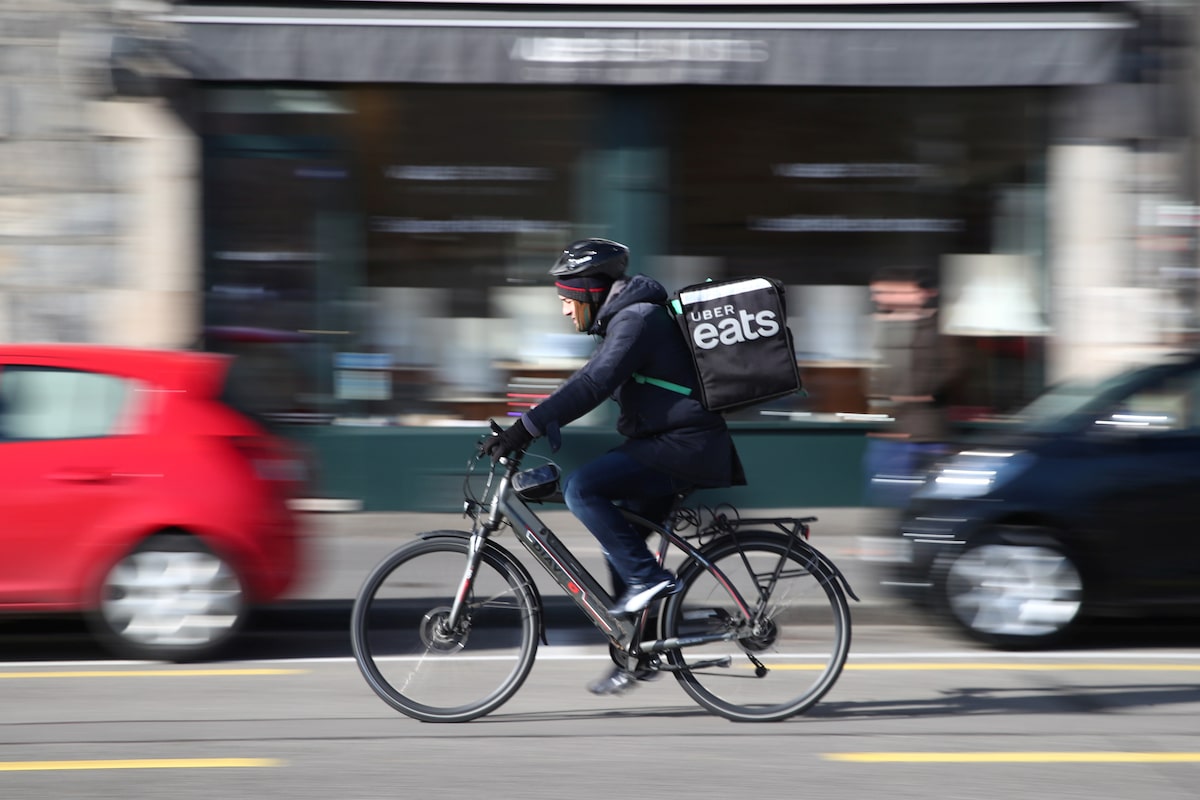Gen Z, known for their tech-savviness and social media presence, faces unique financial pressures. High housing costs, a challenging job market, and economic uncertainty create a tough environment for this generation. Despite these hurdles, many Gen Z individuals spend significant amounts on food delivery services like Uber Eats and DoorDash. This article explores why this trend exists, its financial implications, and strategies for managing spending habits.
This article will delve into the reasons behind Gen Z’s penchant for food delivery, examining the role of social media, convenience, and emotional factors. We’ll also explore the financial consequences of this habit and offer practical tips for Gen Z to balance their desire for convenience with their long-term financial goals.
Gen Z’s Love Affair with Food Delivery Apps
Gen Z has the highest usage rates for third-party delivery apps, with nearly 65% using them regularly, according to Deliverect. A 2017 study by UNiDAYS found that 78% of Gen Z students in England, the U.S., and Australia spent most of their disposable income on restaurant deliveries. In a typical Gen Z household, this can add up to $210 a month on food delivery.
Kanchi Uttamchandani, a 28-year-old manager, shared her experience of spending $10,000 on food delivery in a year. She attributes this to the convenience and comfort food provided during the pandemic. The ease of using these apps, combined with promotions and notifications, led to a daily ordering habit.
“It was a very depressing time,” Ms. Uttamchandani says. “I turned to food and it became a source of comfort. It’s almost like a gamified app, like window-shopping in my area.”
Food Delivery as a Coping Mechanism
Aseel Elbaba, a financial therapist, suggests that the convenience of ordering meals has become a coping mechanism for Gen Z. The stress and uncertainty in the economy and politics contribute to this reliance on instant gratification.
“It’s becoming a leading value system for society that is dealing with high stress from uncertainty in the economy, politics – everything that’s happening around us,” Ms. Elbaba explains.
The pain-free payments offered by apps like Uber Eats create a disconnect between customers and their spending. This, combined with the dopamine rush from instant gratification, can lead to a cycle of overspending.
The Financial Implications of Food Delivery Spending
The seemingly small cost of each food delivery order can quickly add up. Ingrid Kucera, a financial advisor, notes that spending $10,000 a year on food delivery is not uncommon among her Gen Z friends. Each meal can cost between $30 to $50, leading to significant expenses over time.
This spending can hinder Gen Z’s ability to save for important goals like retirement or a down payment on a home. The allure of affordable luxuries during challenging economic times, known as the lipstick effect, contributes to this trend.
“With the younger generation, saving for retirement, owning a home – it feels out of reach. Ordering that food is their luxury,” Ms. Kucera observes.
Strategies for Managing Food Delivery Spending
Several strategies can help Gen Z manage their food delivery spending. Ms. Kucera advises her clients to save 20% of their income as soon as they get paid and then use the remaining funds for discretionary spending, including food.
Another tactic is to use gift cards for food delivery and stop ordering once the cards are depleted. This approach provides a clear spending limit and prevents the accumulation of credit card debt.
Ms. Uttamchandani successfully curbed her Uber Eats addiction by developing an interest in cooking. This hobby provided a healthier and more cost-effective alternative to ordering in.
Balancing Convenience and Financial Well-being
While the convenience of food delivery apps is undeniable, it’s crucial for Gen Z to be mindful of their spending habits. By understanding the factors that drive their reliance on these services and implementing effective strategies for managing their finances, Gen Z can strike a balance between enjoying the benefits of technology and securing their financial future.
Ultimately, mindful spending and financial literacy are essential for Gen Z to navigate the economic challenges they face. By making informed decisions and prioritizing long-term financial goals, this generation can overcome the hurdles and build a solid foundation for their future.

Leave a Reply